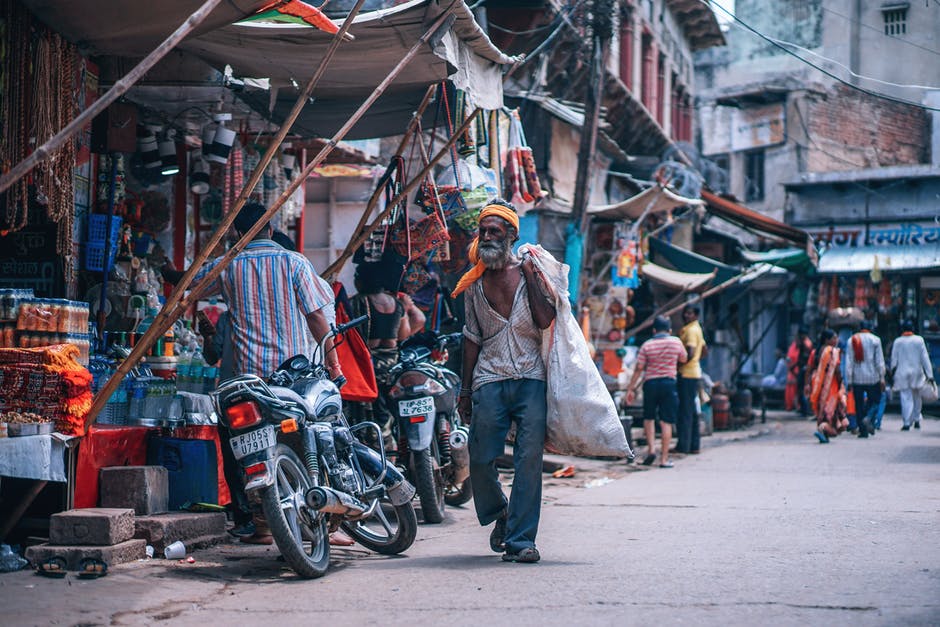With remittances at an all-time high, do you know which the country is currently receiving the lion’s share of payments today?
Although not representing the bulk of the country’s GDP, a recent World Bank report notes that India received $69 billion in 2017 from remittances alone.
Fueled by payments from expats in the UAE, Saudi Arabia and the United States, India is a well-known case of a country reliant on money abroad. Given that sending remittances back to India is easier than ever as such payments go up globally, perhaps that $69 billion figure doesn’t come as too much of a surprise.
That said, boasting a massive workforce of over 500 million people (among a population of 1.3 billion) , there’s no denying that India is somewhat of a paradox in terms of their reliance on remittance. There is wealth and widespread work available within the country, so why the stagnation?
Fair question. That’s why we’ve assessed five major reasons why India needs these payments so much and why aid abroad is considered a necessity.
Income Inequality
Simply put, India is cited as one of the largest cases of income inequality worldwide. Even with the ever-changing definition of what’s considered below the poverty line, approximately one-in-five people living in India fall under that category.
This income inequality has led to a lack of public spending on programs to get people out of poverty. Combined with a questionable tax code, it’s no surprise that many migrants make their way to the UAE or Saudi Arabia for opportunities in search of a more level playing field economically.
High Population
Boasting well over one billion people, India’s population is often noted as contributing factor toward the country’s poverty problem. However, this argument does have some holes when compared to the likes of China which also houses a massive population minus the economic woes.
Chalk it up to a general lack of resources and heavy competition for the good-paying jobs that are available. Again, this makes going abroad an attractive option in fields or areas which are quite literally overcrowded.
Lack of Growth
On a similar note, India’s poverty profile sheds insight on the fact that upward movement economically is nearly impossible. Once people find themselves in poverty, it’s nearly impossible to get out of it.
Think about it. With lack of basic resources such as clean drinking water or a formal education in extreme cases, how could someone truly expect to escape their situation?
The options available are to either try one’s luck in the city or look elsewhere, both of which might be easier said than done for unskilled workers with limited funds.
Regulations and Widespread Corruption
Finally, a combination of heavy regulations and general corruption make it difficult for those looking to do business in India. These instances are well-documented in a sort of “rich get richer, poor get poorer” situation. While the country is taking steps to fight corruption, only time will tell how these efforts play out.
While there’s no denying that India is a country with a rich culture that certainly has its wealth and respective industries, the facts also spell out a major problem in terms of income inequality. With these facts in mind, it’s clear why remittances remain so important to its natives.

Leave a Reply